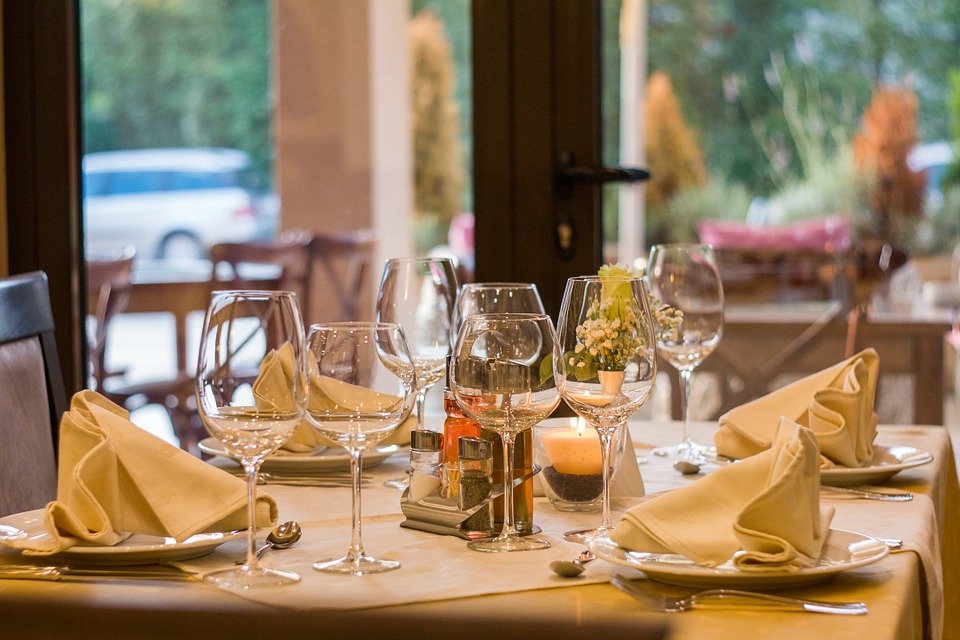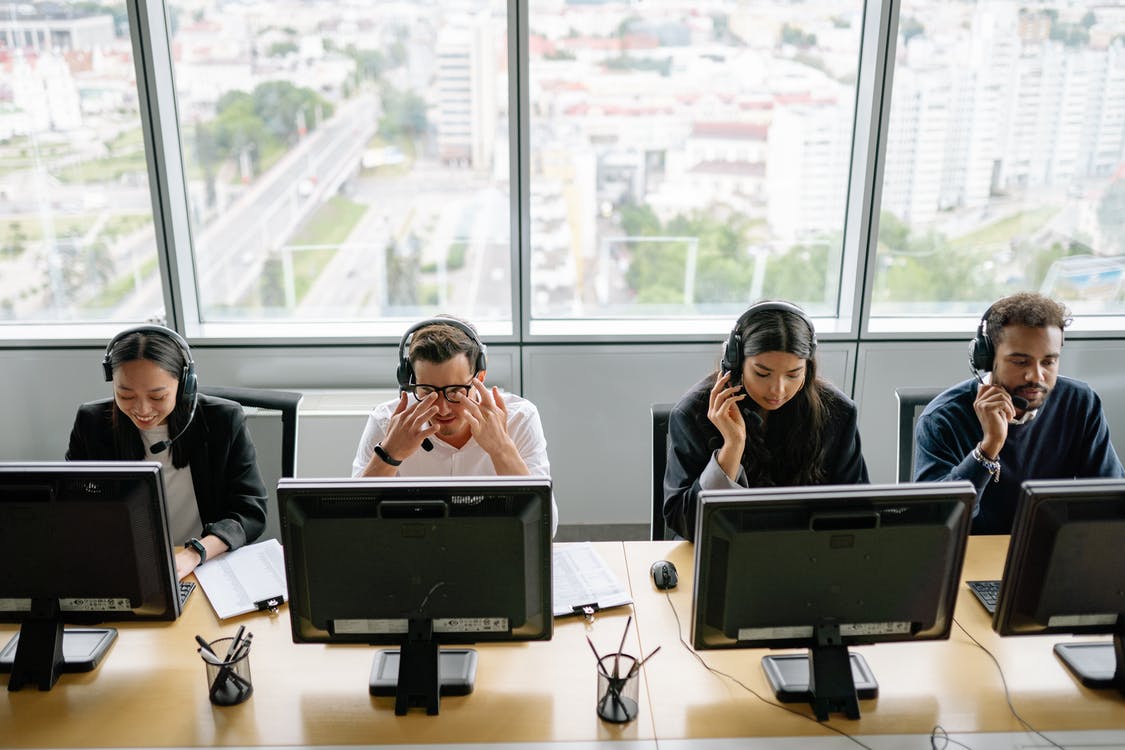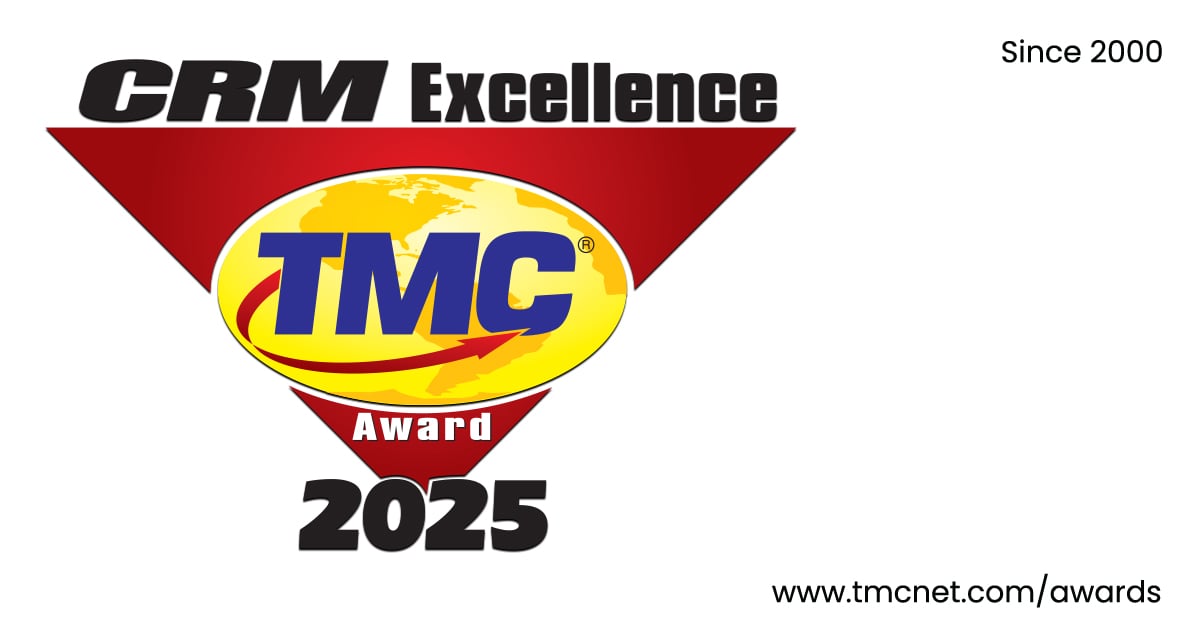
People live fast-paced lifestyles thanks to technology, which is why they hate queuing in real life. When guests visit your restaurant, the last thing they want is to be held up at each section of the customer journey, especially if there are ways you can eliminate their wait. These bottlenecks are referred to as friction because it’s where guests face the most difficulty accessing your services. Fortunately, you can use technology and general management skills to reduce friction and improve guest experiences. To find out more on this, continue reading.
Effective Queue Management
If you see a bottleneck in your restaurant, it means guests are facing friction and high wait times. Virtual queues provide a fantastic way to alleviate this pain point. If your restaurant is full and you have a wait list, allow customers to enter a virtual queue, and be alerted when it’s their turn. You won’t need to worry about overbooking, as the system will have limiters in place.
Using a virtual queue allows hosts to see exactly when new guests will arrive, how many are in the party, and any dietary requirements. With this information, everyone on the team can be made aware of large bookings and seating areas will always be cleaned on time.
Information and Ordering Kiosks
You will have seen information kiosks at theme parks, airports, and malls, but that doesn’t mean you can’t implement them in your restaurant. You can flood the information kiosk with vital details about the restaurant including the history, menus, opening times, events, and how to book a table. Information kiosks allow guests to find answers to questions without distracting staff, meaning they can focus on delivering 5* service.
Alongside information kiosks, you can install order points, especially if you operate a quick service restaurant. As the name suggests, these types of restaurants rely on the speed of service, which is significantly increased when all orders must be input manually at the till. Quick service restaurant examples include McDonald’s, Taco Bell, Chick-fill-A, and Wendy’s.
QR Code Scanning
You will have seen QR codes dotted around, whether you know it or not. These unique codes are usually square, and they allow access to internet pages by scanning them with a smartphone camera. Use cases for QR codes include digital tickets, hotel brochures, restaurant menus, and any other website.
Reducing friction with QR codes couldn’t be easier. For example, instead of having to take a bulky allergen menu out to every table, you can easily point them in the direction of the menu infused QR code. From there, they can take a look at all of the allergies and make an order from the phone.
Chatbots
Restaurants are busy, and there may be days when you don’t have time to answer customer queries online. Fortunately, thanks to the emergence of chatbots, you can allow guests to find answers 24/7. The programable systems will pull from information on websites to provide answers. If the chatbot doesn’t know the answer, it can schedule a call-back.
Guest Touchpoints
The guest journey for a restaurant starts when they book a table, which means you should be in touch to provide information. Before their reservation date, send them an email to thank them, and provide directions, parking information, menus, and any other relevant details.
During your guests’ visit, their first point of contact should be at the door. Next, their server takes the order and brings any drinks and food. While your customers are eating, a checkback is important to gauge how their experience is so far. After this, plates are cleared, and desserts are offered. Finally, the bill is taken out and servers can highlight review pages on the receipt.
There have already been plenty of touchpoints so far, but it doesn't stop when your guests leave. You can send a follow-up email to sign and post them to your review page, which will allow you to make positive changes. If you can entice guests to sign up for exclusive newsletters, you’re more likely to see return custom.
On-Site Signage
Everything in your restaurant needs to be signposted including order points, toilets, sauce stations, fire exits, and smoking areas. Clear signage helps dictate the flow of guests, which reduces frustration and allows staff to focus on those with genuine needs.
As well as pointing people in the right direction, you can utilize digital signage to advertise upcoming menus, current offers, events, and much more. Digital signage is fantastic because everything is programable remotely, meaning you’ll never need to manually replace a poster again.
Automated Reservations Systems
There’s very little point in taking reservations through email, social media, and on the phone - there are plenty of online reservation systems to take care of that. Your booking system will assign groups to tables, highlight them when they’re clear, and update again once it’s been reset, which allows the host to manage the door effectively.
Automated reservation systems avoid the need for manually taking down bookings, which can result in errors. However, if a guest contacts the restaurant to make a reservation outside of the booking system, it’s essential to record the booking there and then. If you divert the guest to your online platform, you may have lost their customers.
Guest Experience Apps
The majority of people have access to a smartphone in 2022, so why not use this to improve the guest experience? You can build an app for your guests to log in to, where they can leave reviews, gain loyalty points, read new menu updates, make reservations, and much more. Allowing guests to have control over their experience is a great way to reduce friction and boost revenue.
Reducing friction in your restaurant is a fantastic way to improve guest experiences. By leveraging modern technology, you can manage queues virtually, answer questions, automate payments, and much more. If guests can access your services quickly, they’re much more likely to return - it’s harder to convert poor opinions than it is to create positive opinions from the start.





